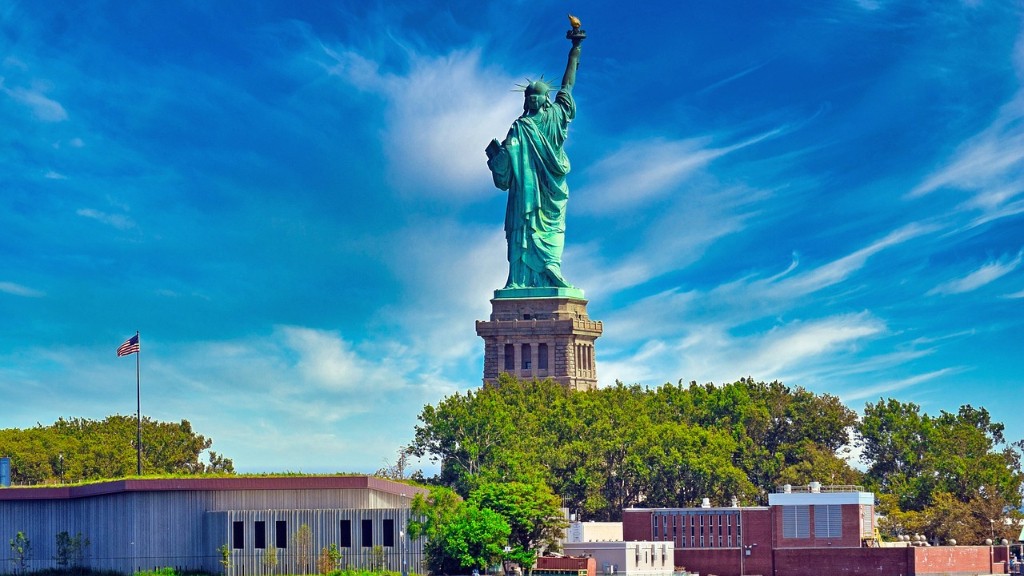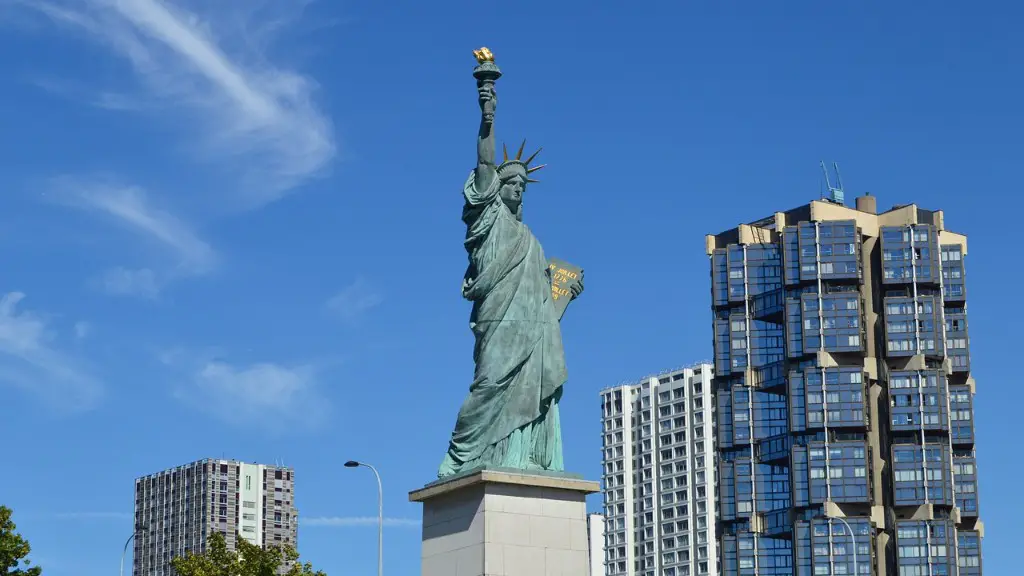In 79 AD, Mount Vesuvius exploded and wiped out the once flourishing city of Pompeii in the blink of an eye. In the moments that followed, the city was swept up in a sea of lava and smoke, engulfing it and trapping its citizens under the volcanic ash that continues to preserve the city to this day. To understand the destruction of Pompeii, it is important to look at the events that led up to it, the effects of the eruption, and how the city was re-discovered.
The beautiful Mediterranean city of Pompeii served as an important port for Rome for over 600 years prior to its destruction. As centuries passed, the city evolved and its population continuously grew, until it eventually reached an estimated 20,000 people just before the eruption. Despite multiple warnings from the neighboring towns of an imminent natural disaster, the citizens of Pompeii failed to act and ultimately became victims of the most destructive eruption of Vesuvius.
These catastrophic events sent tremors through the city and created waves of ash, lava, and dust unique to the city of Pompeii. The ash and lava were released at temperatures of more than 1,500°F, burning anything and anyone in its path. Those who weren’t burned were buried and killed by the toxic fallout released by the eruption.
Amidst the destruction, life in Pompeii was temporarily fossilized in volcanic ash, providing historians with an unprecedented look into a snapshot of Roman life. In the centuries following its destruction, the city was rediscovered and excavated. As more artifacts were unearthed, archaeologists were gradually piecing together what had happened at Pompeii.
Over time, a greater understanding of the eruption was developed, providing some closure and hope to the families of those who were killed. The excavation of the city has also revealed some of the ingenuity of Pompeii’s inhabitants, such as the elaborate water system and the heating systems of the wealthy Pompeiian homes.
These discoveries have taught us a great deal about the cultural and social norms of Roman society during the time of Pompeii’s destruction. It has also highlighted the fragility of human life in the face of natural disaster. While these discoveries are invaluable to researchers, we should not forget the tragic fate that befell the inhabitant of Pompeii.
Socioeconomic Impact of the Eruption
The explosion of Vesuvius changed the face of Pompeii and had serious repercussions for both the victims of the eruption and the nearby cities. Dirimentius, a scholar from Herculaneum who lived through the eruption, wrote about the devastating effects the eruption had on his city and the surrounding area. His account described how both people and livestock crowded the streets seeking refuge, only to be killed by the deadly fumes and choking ash.
The effects of the eruption extended far beyond Pompeii and the cities that were located closest to the volcano. The destruction of numerous important ports, such as Pompeii, had a catastrophic effect on the economy of Roman Italy. Subsequent to the eruption, the price of grain hiked and food shortages plagued the region. This further weakened an already struggling Roman economy.
The disaster also changed the religious beliefs of the survivors, compelling many to stray away from traditional beliefs and focus more on superstition. Many saw the tragedy as divine retribution for the negligence of the populace, thus causing a dramatic shift in their spiritual beliefs. This shift impacted religious and spiritual practices throughout the region.
Living with the Danger of Vesuvius
The eruption of Vesuvius in 79 AD is one of the most devastating disasters in human history, and is a grim reminder of the power of nature. It is estimated that Vesuvius has erupted about three dozen times since it destroyed Pompeii, and researchers believe that it is very likely to erupt again in the future. This constant threat of another eruption has made the citizens who live near the volcano understandably wary.
To alleviate the fears of nearby residents and visitors, the Italian government has set up monitoring systems around the volcano and established an evacuation plan in case of an emergency. In recent years, the government has also conducted campaigns to discourage people from inhabiting the city of Pompeii, a town that is ill-equipped to withstand another eruption.
In spite of the danger posed by Vesuvius, people still continue to inhabit the surrounding towns and cities, as they have been doing centuries before the eruption of 79 AD. The brave people who still reside in these areas are a testament to the resilience of the human spirit and their faith in the belief that Vesuvius can be lived with and that it can be tamed.
Relevant Historical Findings
Research and excavation efforts in Pompeii have given historians and researchers much to work with in regards to the eruption and its aftermath. This includes an unprecedented amount of artifacts, from buildings to clothing, that were preserved by the volcanic ash. These artifacts are invaluable to researchers, providing invaluable insight into the Roman Empire during ancient times.
In addition to artifacts, the remains of skeletal structures have also been discovered in and around Pompeii, providing researchers with information on the physical characteristics of the Roman people. This has significantly improved our understanding of the Romans’ physicality and daily lives.
The discovery of graffiti in the city has also provided an insight into the way the Romans communicated. It has shed light on the writing conventions and socio-cultural habits of the ancient Romans, allowing historians to create a more detailed account of the city’s history.
The most interesting and valuable discovery, however, is the remains of people who were killed in the eruption. The discovery of human remains has allowed archaeologists to piece together stories of individuals and even use forensic science to create reconstructions of what they must have looked like before their untimely deaths.
Preservation Efforts
Despite the devastation caused by the eruption of Mount Vesuvius, the city has stood the test of time and miraculously survived. It is one of the best-preserved monuments of the classic Roman world, providing historians and archaeologists with the opportunity to visit and discover the same streets, buildings, and artifacts that the Pompeiians did centuries ago.
In an effort to preserve Pompeii for future generations, the Italian government has set up various precautionary measures in the past few decades. This includes measures like additional reinforcement of foundations and the use of modern protective barriers. In addition to this, the Italian government has also implemented a strict monitoring system to ensure that the city is safe from illnesses and events such as floods.
Furthermore, the Italian Supreme Council of Cultural Patrimony has organized multiple restoration programs. These programs, funded by numerous trusts, have been incredibly successful in restoring many of the original sites, buildings, and artifacts that have been discovered in Pompeii.
The Legacy of Pompeii
The story of Pompeii is one of tragedy but also of hope. It stands as a reminder of the power of nature and the importance of taking caution when in the presence of natural disasters. It also provides unparalleled insights into the history of ancient Rome. Despite the destruction that was caused by the eruption of Vesuvius, the city of Pompeii still stands as a testament to humanity’s resilience.
Pope Clement XI declared Pompeii a holy site in 1748, dubbing it a “new Golgotha.” To this day, it is a popular tourist destination, providing hundreds of thousands of visitors each year with the opportunity to learn about the tragedy of Pompeii and pay their respects to the unfortunate victims.
New Discoveries
Despite the intensive excavation and research that had already been done, scientists and archaeologists have continued to make new discoveries in Pompeii. Recently, a team of archaeologists made an exciting discovery of a painting of a female gladiator. This is groundbreaking because gladiatorial combat was not traditionally thought of as an event that women participated in. This suggests that Roman culture was far more progressive than was first thought.
In addition to this, archaeologists and historians have made numerous new discoveries about Pompeii’s aqueduct system. This further highlighted the advanced engineering of the Pompeiians, who were able to build such a complex and intricate mechanism in a time before modern technology.
Overall, the discoveries made in Pompeii over the past few decades have been invaluable in helping us gain a better understanding of the city and its inhabitants. These artifacts have provided us with information that we would have never been able to obtain any other way.

